DuMOR Two Tone Horse Blanket – 186324899
Keep your horse warm with DuMOR. This durable two tone horse blanket is made of polyester with nylon insulation for weather resistant protection that’ll keep them comfortable in brisk weather.
Keep your horse warm with DuMOR. This durable two tone horse blanket is made of polyester with nylon insulation for weather resistant protection that’ll keep them comfortable in brisk weather.
- Multiple straps for added security
- Sherpa neck pad
Additional information
| Denier | 1,200D |
|---|---|
| Features | MAKE HORSE WARM |
| Hardware Material | HP |
| Horse Life Stage | All Life Stages |
| Insulation Material | Nylon |
| Lining Material | Fabric |
| Number Of Surcingles | 2 |
| Primary Material | Polyester |
| Warranty | 4 |
| Manufacturer Part Number | TWO TONE HORSE BLANKET |


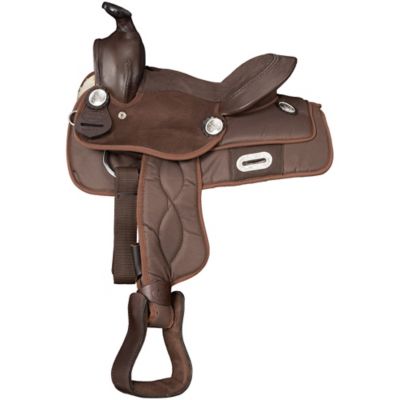
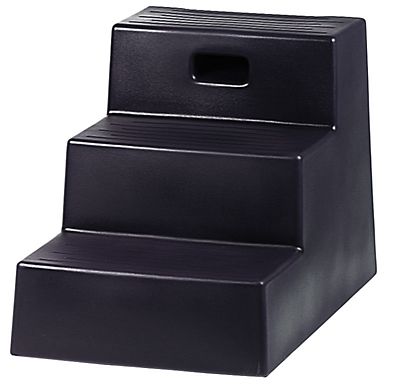
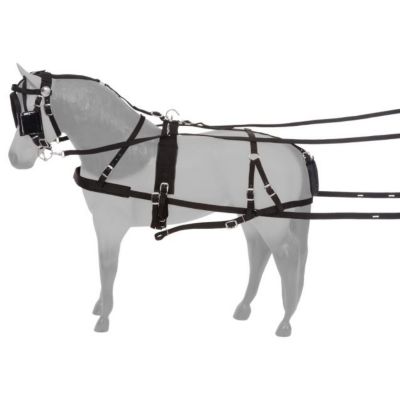
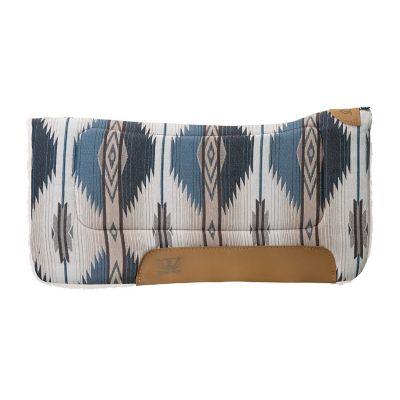
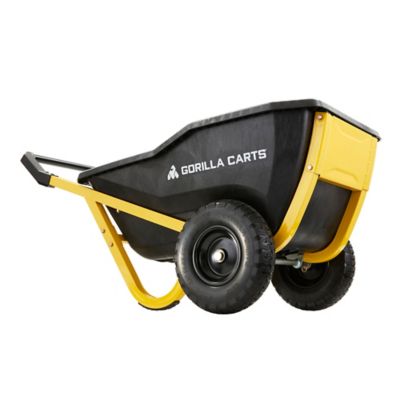


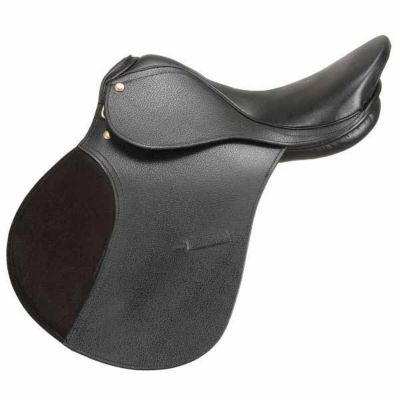
by Denton
Durable and good quality
by Coy
Fits my narrow appendix perfectly.
by Dave
Kept the chill off of our ol’ boy and didn’t fall off.